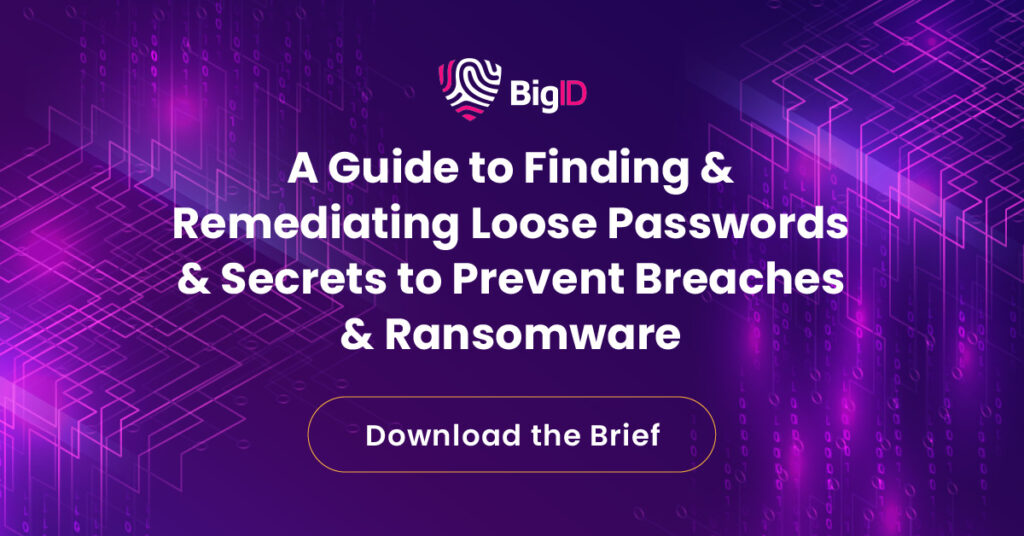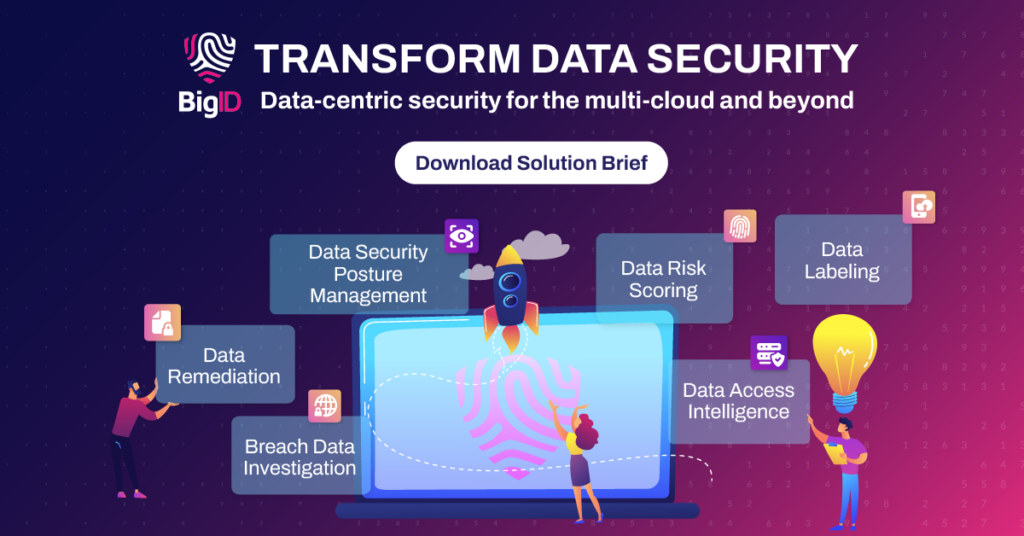Data Breach Prevention Strategies: Tips and Best Practices to Prevent Data Breaches
Data breaches are becoming increasingly common and sophisticated, with cybercriminals using advanced techniques to evade detection and access to sensitive data. Organizations are also facing regulatory and compliance requirements to protect personal information and data privacy, which further emphasizes the importance of data breach prevention.
Data Breach Prevention Definition
Data breaches happen when unauthorized people gain access to confidential information. While these can be accidental, threat actors deliberately steal data with the intent to cause harm. Effective data breach prevention refers to the proactive measures to prevent unauthorized access, use, or disclosure of sensitive information. It involves implementing safeguards, such as firewalls, encryption, access controls, and monitoring, to safeguard digital assets from cyber threats and potential data loss.
Data Breach Prevention Must Become a Priority
Chief information security officers (CISOs) should prioritize data protection because data leaks can have serious financial and reputation consequences. A data breach can result in the loss of confidential information, such as personal data, financial information, or trade secrets. This information can be used to attack your customers, stall your business operations, or steal money.
Such data breach incidents lead to financial losses, legal penalties, and damage to the organization’s reputation. It can also result in the disruption of operations, the loss of customer trust, and the departure of key employees.
By prioritizing data protection, CISOs can help ensure the confidentiality, integrity, and availability of digital assets, protect against cyber threats, and maintain the trust of stakeholders. They must establish a comprehensive security strategy, conduct regular risk assessments, and implement robust controls to mitigate risks.
Sensitive Data Discovery – A Critical Component of Data Breach Prevention?
Data discovery is essential to prevent a data breach because it helps identify where this data resides within an organization’s network. You can’t protect it if you don’t know where it lives. By locating the data within the network, CISOs can better understand their organization’s risks and vulnerabilities and take proactive measures to mitigate them.
Data discovery involves using tools and techniques to locate various types of data stored within an organization’s network, including third-party data, personal customer data (such as social security numbers, emails, passwords, etc), financial information, and confidential business information. This can include information stored on servers, in databases, or on individual devices, such as laptops or smartphones.
Once the corporate data has been identified, CISOs can proactively protect it. This can include implementing access controls, encrypting data, and monitoring user activity to stop data breach attacks from occurring.
Causes of Data Breaches
Data breaches are caused by various factors, usually technical vulnerabilities, human error, and malicious intent. A strong data breach response involves understanding these causes and what it takes to prevent them.
The average rate at cyber criminals steal data worldwide varies from year to year, but according to a report by the Ponemon Institute, the average cost of a data breach in 2021 was $4.24 million.
The report also found that the average time to identify and contain a cyber attack was 287 days, which highlights the importance of taking proactive measures for data loss prevention. Other studies and reports have shown that the frequency of data breaches is increasing, making it a top concern for organizations of all sizes and industries.
Here are common tactics for data breaches:
- Phishing attacks: Fraudulent emails, social media messages, or other communication are used to trick employees into revealing login credentials or other such information. Phishing attacks are prevalent because they exploit human vulnerabilities and can be challenging to detect.
- Malware: Malware is malicious software that can infect systems and gather personal information, such as keystrokes, login credentials, or personal data. Malware can be distributed through various methods, including email attachments, software downloads, or compromised websites.
- Insider threat: This refers to the risk of employees, contractors, or other insiders intentionally or unintentionally disclosing sensitive information. Insider threats can be difficult to detect because insiders often have legitimate access to the information they are disclosing.
- Unsecured devices: Unsecured devices, such as lost or stolen laptops or smartphones, can lead to data breaches if they contain information that is not properly encrypted or protected.
Data Breach Prevention Best Practices
To reduce the risk of a data breach, CISOs should take the following security measures:
- Conduct a comprehensive risk assessment: Identify potential threats, vulnerabilities, and risks to the organization’s digital assets, including hardware, software, and data. The assessment should also include an evaluation of existing security controls to identify gaps and areas for improvement.
- Develop a strategy: Based on the risk assessment, develop a cybersecurity strategy that outlines the objectives, goals, and actions required to mitigate risks and prevent data breaches. The strategy should align with the organization’s overall business objectives and be regularly reviewed and updated to reflect changing risks and threats.
- Implement robust security controls: Implement a range of security controls, such as firewalls, encryption, access controls, and monitoring, to safeguard digital assets from cyber threats. Regularly test and update security controls to ensure they effectively mitigate risks and prevent data breaches.
- Train employees: Employees are often the weakest link, so it’s essential to provide regular training and awareness programs to educate them on security best practices. This includes training on the importance of software updates, password management, identifying phishing scams, and other social engineering techniques that cybercriminals use to gain access to data.
- Monitor and analyze security events: Regularly monitor system logs and alerts to promptly detect and respond to potential security incidents. Establish incident response procedures to ensure a rapid response and recovery from data leak incidents.
- Regularly review and update security policies: Review and update security policies, such as data retention policies, access control policies, and incident response plans, to ensure they align with the organization’s strategy and changing risks and threats.
By implementing these security practices, CISOs can ensure a seamless security breach prevention process and protect the organization’s digital assets from cyber threats. The process requires ongoing effort, resources, and commitment from all stakeholders, but the benefits of a robust data protection program are significant. It helps maintain the trust of customers and stakeholders, avoid financial losses and legal penalties, and protect the organization’s reputation.

Attributes of a Sustainable Data Breach Prevention Platform
- Proactive monitoring: The platform should proactively monitor network activity to detect and prevent potential threats. It should scan for suspicious user behavior, identify potential vulnerabilities, and detect malicious activity.
- Real-time alerts: Quick detection of threats allows security teams to respond and take action to prevent a breach. The platform should provide real-time alerts when it detects potential threats or suspicious activity for faster remediation and mitigation.
- Comprehensive visibility: The platform should provide comprehensive visibility into all network activity, including user activity, application usage, and data flow to help identify potential risks and vulnerabilities.
- Threat intelligence: Information about known malware, phishing campaigns, and other cyber threats helps identify and prevent potential threats before they can cause problems.
- User behavior analytics: Anomalous behavior includes users accessing data outside their normal patterns or attempting to access confidential information without proper authorization. It could indicate a potential breach.
- Automation: Autonomous incident response processes and the ability to automatically quarantine or isolate compromised systems help CISOs quickly respond to potential threats.
- Scalability: The platform should be able to meet the needs of organizations of all sizes. This includes handling large volumes of data and network traffic without impacting performance.
By incorporating these attributes, a breach mitigation platform can help organizations effectively protect their company data and prevent data leaks. It’s also essential to regularly review and update the platform to stay ahead of evolving threats and risks.
Artificial Intelligence (AI) for Data Breach Prevention
The use of AI tools and technology in data leak detection and prevention has become increasingly popular in recent years. These tools can help organizations detect and respond to threats more quickly and accurately than traditional methods. However, there are also concerns surrounding the use of AI in this context.
- One concern is the potential for false positives and false negatives. AI tools and technology are only as good as the data they are trained on. If the training data is incomplete or biased, it can result in inaccurate results and false alarms that waste time and resources or missed security threats that can result in data breaches.
- Another concern is the potential for AI to be used in malicious ways. Hackers and other bad actors can potentially use AI tools to find and exploit vulnerabilities in an organization’s infrastructure, or to launch more sophisticated and targeted attacks.
- Finally, there is the concern of the “black box” problem. AI tools and technology can be highly complex and difficult to understand. This complexity can make it challenging for organizations to identify and address potential vulnerabilities or biases in the system. This can result in a lack of transparency and accountability in the data loss prevention process, which can be problematic for organizations and their stakeholders.
To address these concerns, it is important for organizations to take a proactive and transparent approach to the use of AI in data breach prevention. They can invest in high-quality training data, conduct regular audits and evaluations of AI tools and technology, and engage with stakeholders to ensure that they understand how AI is being used and why. By taking these steps, organizations can leverage the power of AI to prevent data breaches, while also minimizing the risks and challenges associated with this technology.
Prevent Data Breach with BigID
BigID is a leading data security platform that leverages advanced AI and machine learning technology to help organizations take action on data breach prevention. It provides a comprehensive suite of tools and capabilities to enable security teams to identify and protect business data, as well as prevent data breaches before they occur.
BigID helps organizations prevent data breaches by providing automated data discovery and classification. Using machine learning algorithms, BigID quickly and accurately identifies confidential data across an organization’s network, including personal information, financial information, and confidential business data. This allows security teams to gain a comprehensive view of the data landscape and identify potential vulnerabilities and risks.
BigID’s Security Suite boasts powerful apps like the Breach Data Investigation App, which gives organizations the power to determine impacted users following a data breach and simplify incident response.
Interested in learning more about protecting your business and data? Browse through our tips on cyber exposure management.


